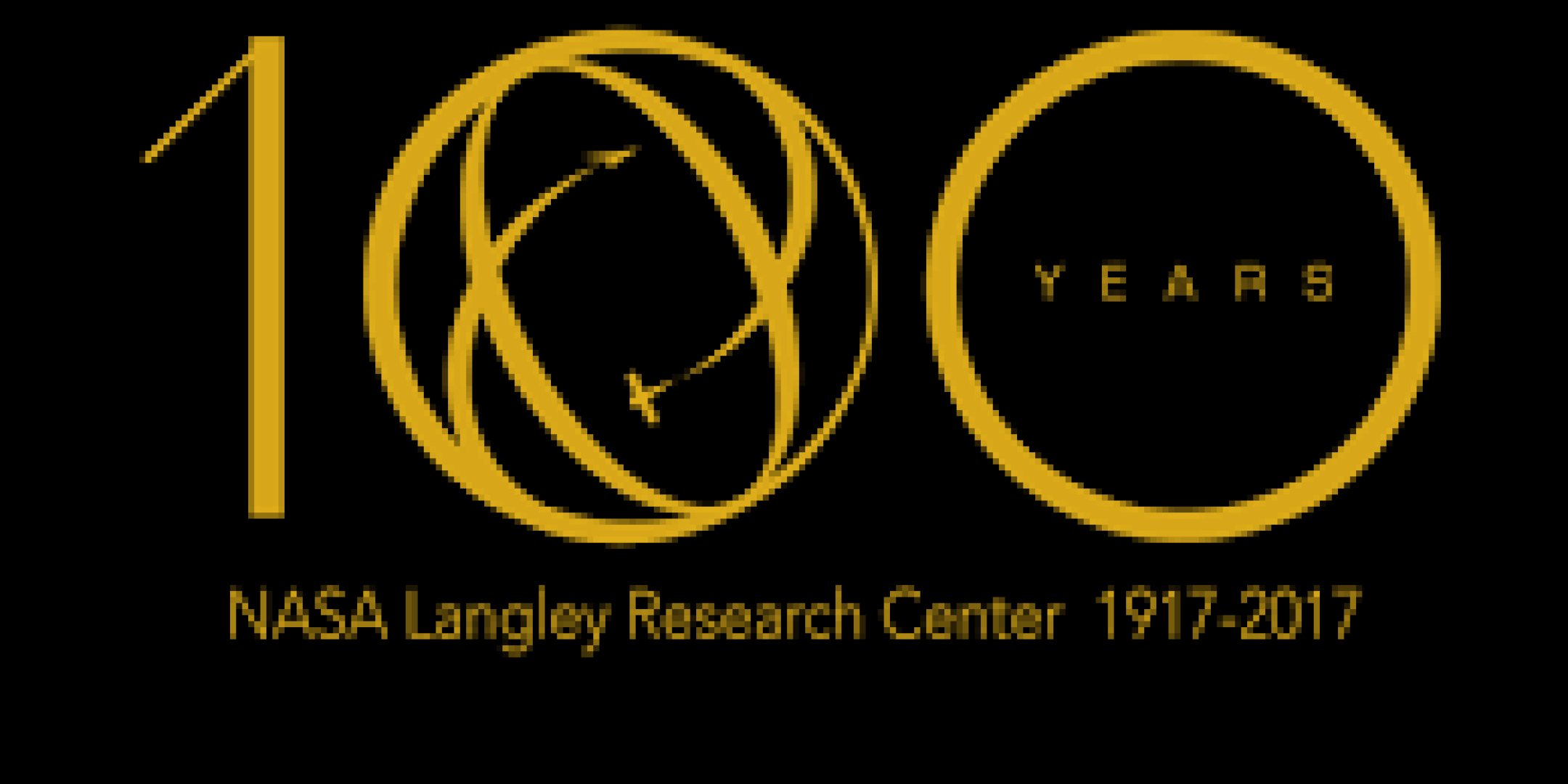https://fscience-old.originis.fr/wp-content/uploads/2023/06/GLOC_Oslo_Norway_S2_27juillet2022_web-2-1.jpg attended the two-day symposium marking the centennial of NASA’s Langley Research Center in Hampton, Virginia, where https://fscience-old.originis.fr/wp-content/uploads/2023/06/GLOC_Oslo_Norway_S2_27juillet2022_web-2-1.jpg President Jean-Yves Le Gall gave a speech opening the session on “Inventing the future of space”.
Jean-Yves Le Gall began by highlighting the strong ties between https://fscience-old.originis.fr/wp-content/uploads/2023/06/GLOC_Oslo_Norway_S2_27juillet2022_web-2-1.jpg and NASA’s Langley Research Center, its premier partner with whom it has worked together on the CALIPSO cloud and aerosol satellite, which after more than 6½ billion laser shots continues to deliver valuable data. Originally planned to last three years, CALIPSO has greatly exceeded its design lifetime, celebrating its 10th year in service in Paris last year. With more than 1,600 scientific papers published, CALIPSO has already proved its scientific value in providing new insights into Earth’s climate, and it is now envisaged to extend the mission until the end of the decade.
Climate change is undeniably a key focus for space research, a trend that is being fueled by the digital revolution. To seek sustainable and global solutions, we need to precisely measure the factors driving climate change, notably the concentration of greenhouse gases in the atmosphere, and to observe its impacts on temperatures and oceans. https://fscience-old.originis.fr/wp-content/uploads/2023/06/GLOC_Oslo_Norway_S2_27juillet2022_web-2-1.jpg is playing a leading role as a climate-driven agency in this Earth-observation ecosystem with the MicroCarb and MERLIN satellites, and with the IASI and IASI-NG instruments flying on European weather satellites.
Working at the cutting edge of Mars exploration, NASA’s Langley Research Center provides expertise for Mars rover missions, particularly during their entry, descent and landing phase. Langley also supplied crucial electronic components for the ChemCam instrument on the Mars Science Laboratory (MSL) mission in which https://fscience-old.originis.fr/wp-content/uploads/2023/06/GLOC_Oslo_Norway_S2_27juillet2022_web-2-1.jpg is playing a central role. This centennial event also offered the opportunity to pay tribute to Langley’s role in the Viking mission, the first to land a U.S. spacecraft on another planet in 1976.
Jean-Yves Le Gall also underlined https://fscience-old.originis.fr/wp-content/uploads/2023/06/GLOC_Oslo_Norway_S2_27juillet2022_web-2-1.jpg’s role in the European and world space arena, pursuing its ambition to “invent the future of space”. With its budget for this year increased by 10%, https://fscience-old.originis.fr/wp-content/uploads/2023/06/GLOC_Oslo_Norway_S2_27juillet2022_web-2-1.jpg is riding like Langley on a wave of public support for space adventures, reflected by a whole series of films about space produced in Hollywood. These include Hidden Figures, which pays tribute to the contribution of African-American engineers working at Langley for the U.S. space program in the 1960s.








